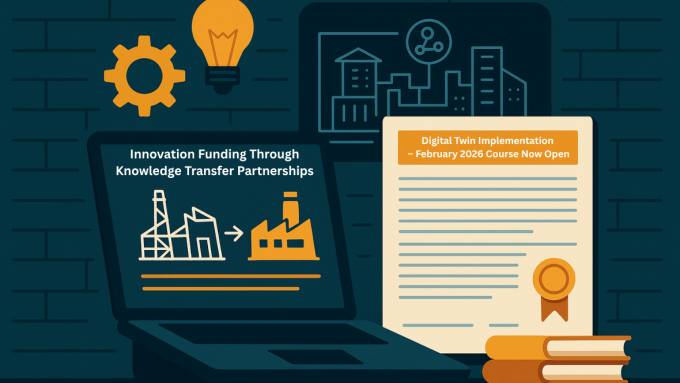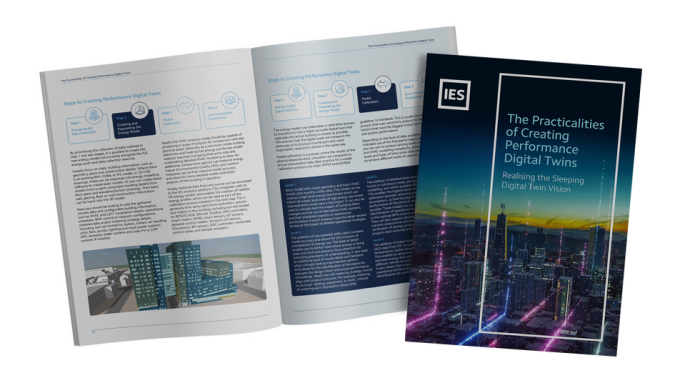Organisations across all sectors grapple with the complex process of integrating ESG strategies into their operations. Government mandates, market pressures, and investment opportunities make this an obligatory journey.
However, the journey to seamlessly integrate these strategies into the core business presents some challenges.
In this article, I will explore some of the most common hurdles that slow down the implementation of these essential strategies and suggest ways forward.
What ducks need to be put in a row?
Obstacles don’t have to stop you. If you run into a wall, don’t turn around and give up. Figure out how to climb it, go through it, or work around it. – Michael Jordan
Lack of consistent and standardised ESG metrics
The lack of a single, agreed-upon set of ESG metrics stands as a significant challenge for organisations attempting to weave sustainability into their core operations. Without standardised metrics, it becomes difficult for organisations to compare their performance with others, to benchmark their progress effectively, and for investment firms to make informed decisions.
Lack of expertise in implementing ESG and reporting on it
Many organisations find themselves facing a lack of expertise in ESG. In-house resources for the collection and analysis of ESG data can be sparse, leading to gaps in understanding and execution. Not fully understanding the risks of implementing more sustainable solutions or not having the proper KPIs to measure progress may hold organisations back or, potentially, move them in the wrong direction.
Continuously-evolving rules and regulations
Uncertainty and a lack of clarity surrounding ESG standards and regulations present a significant hurdle. Pressure from investors, regulators, and organisations to come up with a valid ESG framework means that, as of now, the ESG landscape is fluid and organisations don’t know where to start or how to prioritise their efforts.
Data is hard to get
The spectrum of data types needed is diverse: operations’ sustainability, social aspects, and corporate governance aspects. The broad nature of the big data sets and data sources, along with their heterogeneity, presents difficulties in efficiently managing the data and making it interoperable for analysis and consumption.
Buy-in from leadership
The accomplishment of ESG objectives might entail short-term sacrifices that seem to clash with the organisation’s overall financial performance. Hence, buy-in from leadership is necessary. Without the support and commitment of senior leadership, achieving successful ESG implementation can be daunting. As the old adage goes, ‘change starts at the top.’ If leadership is not on board, making progress can be an uphill battle.
It’s not as bad as it looks!
We’re definitely seeing a lot of work addressing the challenges, from new standards and frameworks being proposed to market forces accelerating cultural changes and new technology for accessing and sharing data to provide better insights.
On the road to uniformity of frameworks and standards
In September 2020, five major international organisations responsible for setting sustainability and reporting standards – CDP, Climate Disclosure Standards Board (CDSB), Global Reporting Initiative (GRI), International Integrated Reporting Council (IIRC), and Sustainability Accounting Standards Board (SASB) – have collaboratively outlined a shared vision for comprehensive corporate reporting.
This shared vision for comprehensive corporate reporting combines financial accounting with sustainability disclosure through integrated reporting. The statement acknowledges the unique needs of different stakeholders and accounts for tailored disclosure systems.
In November 2021 the IFRS Foundation disclosed the decision to establish the International Sustainability Standards Board (ISSB) to unify global sustainability disclosure. It issued its inaugural standards, IFRS S1 and IFRS S2, in June 2023.
IFRS S1 (General Requirements for Disclosure of Sustainability-related Financial Information) presents a framework for sustainability-related disclosures. This standard necessitates that organisations disclose information regarding their sustainability-related risks and opportunities, their impacts on the environment and society, and their governance of sustainability-related matters.
IFRS S2 (Climate-related Disclosures) goes a step further in detailing requirements for climate-related disclosures. Under this standard, organisations must disclose information about their greenhouse gas emissions, their climate-related risks and opportunities, and their transition plans to a net-zero emissions economy.
These standards are a major leap towards achieving global sustainability reporting standards. By improving the quality and comparability of sustainability-related disclosures, these standards can accelerate the ESG agenda and aid organisations in their journey towards responsible, sustainable practices.
Achieving excellence requires strategic changes
Organisations often struggle to find the balance between their commitment to environmental and societal good and their need to maintain financial profitability. Organisations contend with the desire to uphold their social responsibility, while also having to meet their bottom-line goals. This can be a difficult balancing act, and there is no one-size-fits-all answer.
An essential part of this balancing act involves prioritising strategies that align ESG, operational goals, and customers’ goals. ESG initiatives should not be isolated from the organisation’s core business goals. Instead, they need to be integrated into every aspect of the business. This holistic approach not only ensures the success of ESG initiatives but also has a positive impact on the organisation’s bottom line.
By aligning ESG strategies with operational and customer goals, organisations can create a unified approach that simultaneously promotes sustainability, profitability and customer satisfaction. This synergy not only accelerates the achievement of ESG goals but also builds a resilient, future-proof business model.
It’s always all about data
Embarking on the journey to implement ESG goals and strategies is a necessity and, for some, also a moral obligation. Achieving success ultimately depends on the capacity to navigate the intricate challenge of unravelling the pervasive “”data problem.”” This multifaceted issue revolves around the complex task of sourcing and accessing crucial data, whether originating from internal IT and OT systems or external sources beyond the organisation’s boundaries.
A few considerations about the data problem:
-
Organisations must have a clear definition of what metrics to measure based on the choice of the framework and standards to adopt and a well-defined understanding of the organisation’s materiality, encompassing the most crucial environmental, social, and governance issues that have the potential to influence the company’s financial value and overall sustainability. Clarity on such issues drives the definition of what data sets to use as basis for reports and achievements of ESG goals.
-
Collecting data internally from operations, product owners, facilities, etc. and mapping it to metrics like “carbon emissions,”” as well as the gathering of social metrics, is extremely complex and labour-intensive. Furthermore, the huge amount of data to find, access, and interoperate with exacerbates the problem as it’s costly to manage and scale.
-
Gathering data from the entire supply chain is expensive. It’s often locked in silos, making access tricky. Moreover, organisations might resist sharing data because they can’t selectively provide only ESG-relevant information.
-
Regardless of the source, collected data may be inaccurate, out of context, or invalid. Using this as a basis for reporting may increase the risks of reporting the wrong outcomes, and, as a consequence, it may lead to drops in ESG ratings, accusations of greenwashing, or, more broadly, loss of reputation.
In the face of these challenges, core technology, like IOTICS, exists and plays a pivotal role. By offering trusted technical interoperability and promoting an agile approach to sharing and exchanging raw data, information, and actionable insights, IOTICS helps organisations tackle the implementation of their respective ESG goals efficiently. IOTICS enables organisations to start small, implement a measurable ESG goal across the ecosystem of parties, and then scale organically.
Conclusions
Overcoming these challenges to achieve ESG goals is no small task. It requires collaboration, innovation, and a concerted effort from every part of the organisation. However, with the right approach, the right strategies, and the right tools, organisations can navigate these hurdles and make significant strides towards achieving their ESG goals. By doing so, they not only contribute to a sustainable future, but they also build stronger, more resilient businesses in the process. The path to achieving ESG goals may present challenges, but the rewards are well worth the effort.
By working together and using innovative solutions like IOTICS, organisations can overcome these challenges and make significant strides towards their ESG goals.
IOTICS is a powerful tool that enables businesses to share data securely and selectively, unlocking the value of data across organisational boundaries. With IOTICS, organisations can cooperate with partners, competitors, and even third-party data providers to gain new insights and make better decisions about their ESG performance.
For example, IOTICS can be used to:
-
Share data on environmental impacts across the supply chain, enabling organisations to identify and reduce their carbon footprint.
-
Share data on employee engagement and well-being, helping organisations improve their social performance.
-
Share data on governance and risk management, giving investors and other stakeholders confidence in the organisation’s long-term viability.
By working with IOTICS, organisations can build stronger, more resilient businesses and contribute to a more sustainable future.



Leave a comment